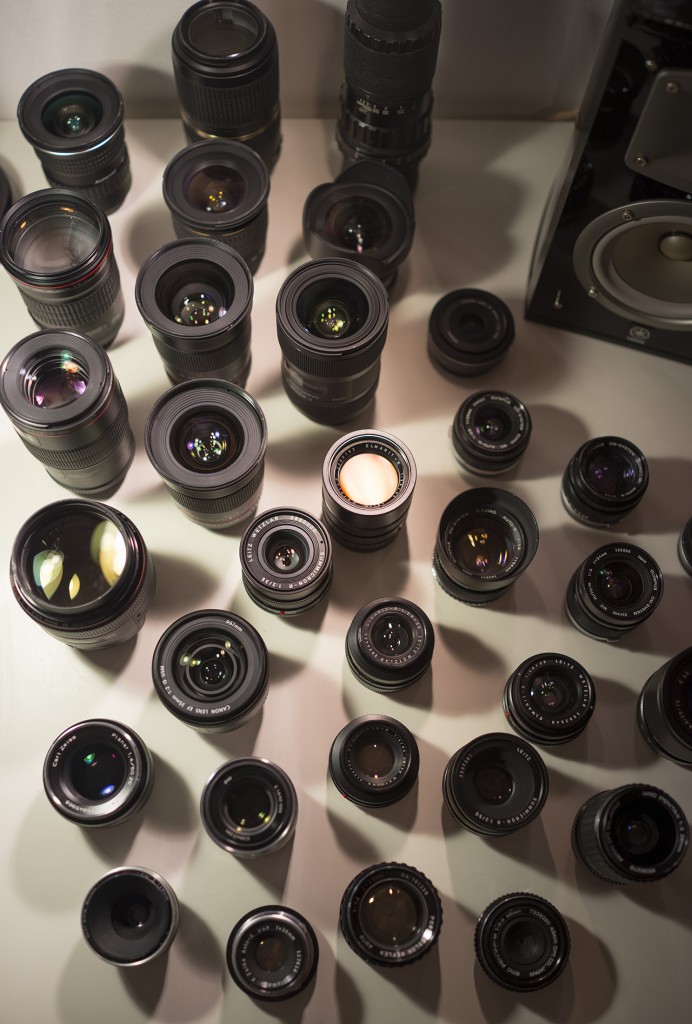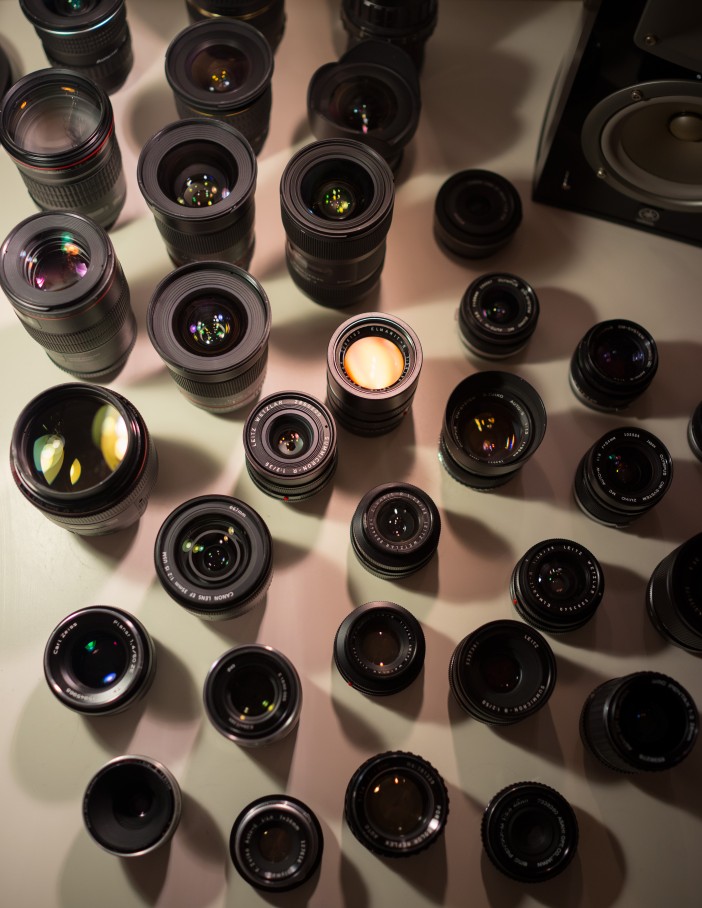As the megapixel race continues, there’s something the average consumer doesn’t realise. Most of them are walking around with 6MP lenses on their 24MP DSLRs.
Take an average city street scene, and a group of tourists – most of them shooting on their iPhone – but a few still using their Canon or Nikons.
It’s interesting to see what lenses they are using and invariably it is the kit zoom. These zooms, such as the Canon 18-55mm, 18-200mm F3.5-F5.6 or Sigma / Tamron variations resolve around 6 megapixels.
Yet the megapixel sticker on the box of the camera is usually their main point of reference when buying the camera in the first place.
If the megapixel race isn’t to get even sillier, lens boxes need to start showing their resolution too.
A high quality zoom such as the Sigma 18-35mm F1.8 would have a 24MP sticker on it to match that of the Canon 760D or Nikon 5500D it is going to be used with.
A super zoom such as the Tamron 16-300mm F3.5-6.3 VC would have a 6MP sticker on it because that’s approximately what it gives you when paired with a 24MP sensor.
It might encourage consumers to use primes and achieve better results.
What’s more I’m very surprised premium lenses such as the Sigma 50mm F1.4 ART don’t have these stickers already! It would be a useful selling point.
The same clarity needs to be applied to aperture (f-stop) in relation to brightness (t-stop). The Canon 24-70mm F2.8L I (original version) and EF-S 17-55mm F2.8 for instance DXOMark rates at T3.6! The difference is highly noticeable in the real world with my Tamron 24-70mm F2.8 VC a T3.0 and far brighter than my Canon wide open. Showing the T-stop of the lens on the box next to F-stop would help allow the consumer to make a more informed choice especially if they need to shoot in low light.





